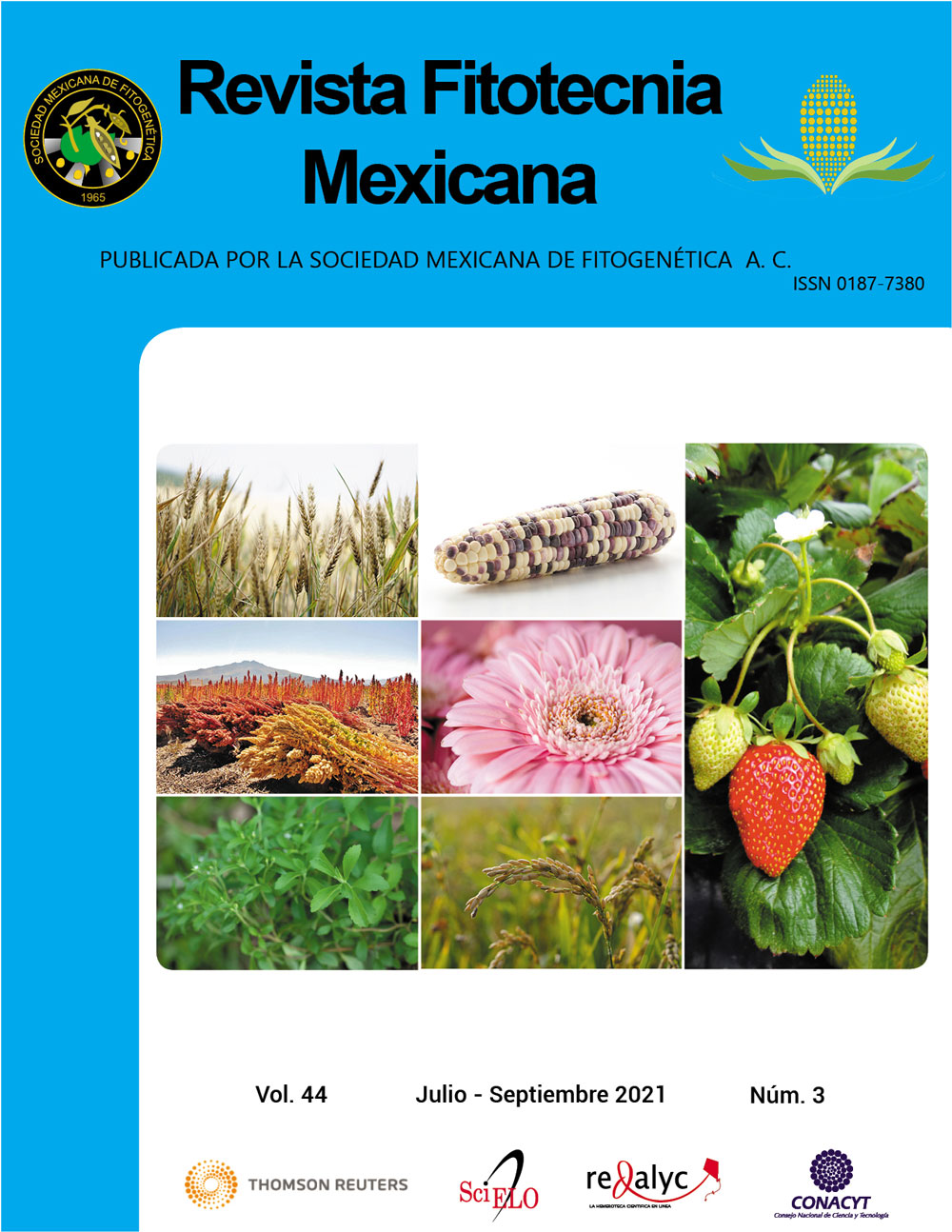YIELD OF CHILE DE AGUA UNDER DIFFERENT MACRO-TUNNEL COVERS
Main Article Content
Abstract
Chile de agua (Capsicum annuum L.) is a type of chili endemic to the Central Valleys of Oaxaca, Mexico with high demand for its nutraceutical properties and excellent flavor; however, the area planted to this crop has diminished, due to the lack of new technologies for its cultivation. The objective of this study was to evaluate the yield of the Abasolo landrace of chile de agua under a macro-tunnel with cover of green plastic (GP), transparent plastic (TP), white mesh (WM) and the control in open field, conducted in a completely randomized experimental design with six replications in the Autumn-Winter 2016 (A-W) and Spring-Summer 2017 (S-S) cycles. Macro-tunnel covers decreased photosynthetically active radiation (PAR), relative humidity (RH), vapor pressure deficit (VPD) and temperature (T) compared to the control; however, no significant statistical differences were found between transparent and green plastic covers for PAR, T, VPD and RH. GP and PT provided the best environmental conditions, which increased yield in the two crop cycles. The highest fruit yield (6.08 kg m-2) was obtained under the PT cover, which was 328 and 608 % higher than that obtained in the field in the S-S and A-W cycles, respectively. Chile de agua can be grown in both cycles in macro-tunnels with transparent and green plastic cover, as well as with white mesh.

